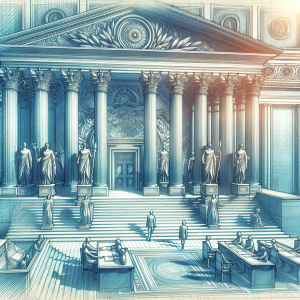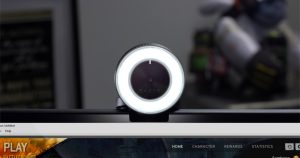In today’s fast-paced world, taking notes is a crucial part of learning, working, and organizing our thoughts. Whether you are a student, a professional, or simply someone who likes to jot down ideas, the ability to capture information quickly and accurately is essential. However, for individuals with disabilities or those who struggle with traditional note-taking methods, this task can be challenging. This is where speech recognition technology comes in, breaking down barriers and making note-taking accessible to all.
Historical Context
The concept of speech recognition technology has been around for decades, with early developments dating back to the 1950s. However, it wasn’t until the 1990s that significant advancements were made, paving the way for the widespread adoption of this technology. Companies like IBM and Dragon Systems played a key role in developing speech recognition software that was more accurate and user-friendly.
Current State
Today, speech recognition technology has become a common feature in many devices and applications. From smartphones to smart speakers, users can now dictate messages, search the web, and even control their devices using voice commands. In the realm of note-taking, speech recognition software has made significant strides, allowing users to dictate their thoughts and have them transcribed in real-time.
Technical Specifications
– Accuracy: Speech recognition technology has vastly improved in terms of accuracy, with some software boasting up to 99% accuracy rates.
– Speed: The speed at which speech can be transcribed is another key factor, with some software able to transcribe speech in real-time.
– Customization: Users can often customize their speech recognition software to better suit their individual needs and preferences.
Practical Applications
– Students: Speech recognition technology is a game-changer for students with learning disabilities or physical impairments, allowing them to take notes more efficiently and participate in class discussions.
– Professionals: In the workplace, speech recognition software can help professionals save time and increase productivity by transcribing meetings, interviews, and brainstorming sessions.
– Personal Use: For individuals who simply prefer speaking over typing, speech recognition technology offers a convenient and hands-free way to take notes and organize thoughts.
Future Predictions
As technology continues to evolve, the future of speech recognition looks promising. With advancements in artificial intelligence and machine learning, we can expect even greater accuracy and functionality from speech recognition software. In the coming years, we may see more integration of speech recognition into everyday devices, making note-taking even more accessible and convenient for all users.
Conclusion
Speech recognition technology is revolutionizing the way we take notes, breaking down barriers and making this essential task accessible to all. With its improved accuracy, speed, and customization options, speech recognition software is empowering students, professionals, and individuals alike to capture information more efficiently and effectively. As we look towards the future, the possibilities for speech recognition technology are endless, promising a more inclusive and seamless note-taking experience for everyone.




